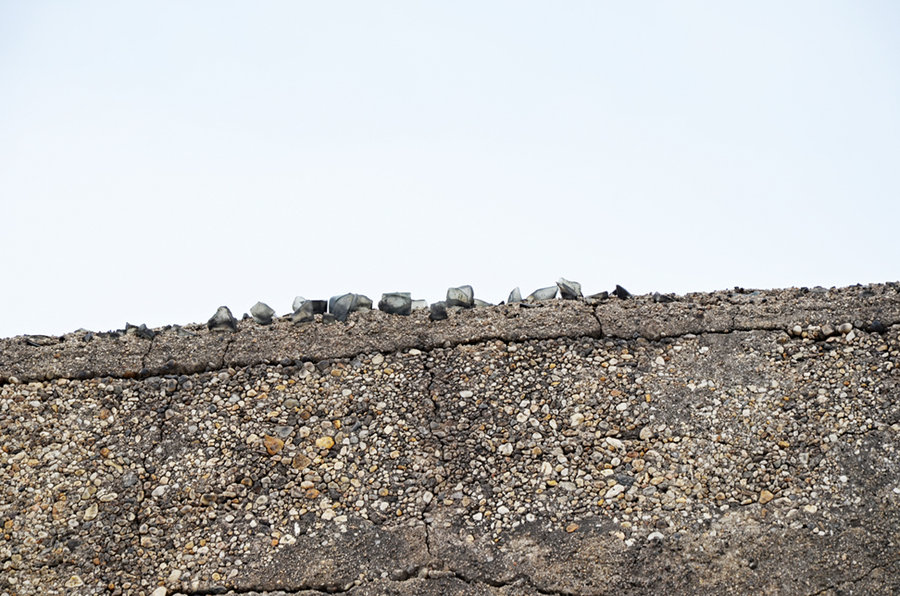From 1942 to 1945, several hundred Italian POWs were housed in a camp in the former Port Johnson Terminal, a 50-acre industrial site that the U.S. Army also used as a military supply depot. Some of the huge shops at the nearby Babcock & Wilcox boiler-making factory were converted for the storage and shipment of combat equipment.
Because chemical plants that made dyes were among the many industries to later occupy the site, a story about the camp by Robert J. Baptista appeared on colorantshistory.org in 2008. This is may be the definitive account of the camp. It has been reprinted without attribution in a number of other publications.
After the Italian government joined the Allied forces, Italian soldiers volunteered to aid the U.S. Army. Members of what was known as Italian Service Units, they were used in noncombat roles, including laundering, cooking, freight handling, and loading and unloading cargo from military ships. According to Baptista, Bayonne’s POWs served in these units.
He reports that these men were rewarded for good behavior with sight-seeing excursions to attractions, such as the Bronx Zoo, Empire State Building, Rockefeller Center, and St. Patrick’s Cathedral. This special treatment did not sit well with some Bayonne residents whose friends or family members had been killed in the line of duty in North Africa, where many of the Italians had been captured. But other members of the local Italian community brought them home-cooked spaghetti dinners when visits to the camp were allowed. Some were even invited to residents’ homes for family meals.
On July 15, 1944, according to Baptista, Bayonne Patrolman Al Shipetofsky encountered three POWs wandering the streets at 3 a.m. without a guard. They were arrested and sent to the military brig at the Port Johnson camp. The commander of the units defended them. As a result of the infractions, there was controversy as to whether they should be allowed to leave the camp. Mayor Bert Daly and officials from the local industrial plants also defended them. But their privileges were eventually suspended, and at the end of the war, they were repatriated to Italy. Other POWs, however, were given a chance to stay, took up residence in Bayonne, and continued working on the docks.
There were also POW camps on Governor’s Island, and Caven Point in Jersey City, as well as other venues in New York and New Jersey.
Local Historian Weighs In
Lee Fahley, a Bayonne resident since 1970, is a member of the Bayonne Historical Society. A Wisconsin native, he settled here because his wife was born and raised in Bayonne. The town started to grow on him. “When I got out of the U.S. Navy I stayed around for a while,” he relates. “It’s such a dynamic town with so many changes over the years. It was a farming community that developed into an industrial one.”
Fayley says the Port Johnson site is bounded by Fifth Street on the north, Ingram on the east, Hobart on the west, and the Kill Van Kull on the south. It was from docks on the Kill Van Kull that prisoners acted as stevedores loading and unloading cargo from ships. Baptista reported that ports in Brooklyn, Manhattan, Staten Island, and other New Jersey locales handled more than three million troops and 63 tons of supplies. The Port Johnson Terminal had warehouses and railcar sidings, as well as the docks on the Kill Van Kull.
According to Baptista, after the war ended, the southern 14-acre portion of the Johnson facility was sold to Pharma Chemical Corporation, and the remaining parcels were sold to Maidenform, the N.J. Norton & Son paint manufacturers, Lehigh Warehouse and Transportation Co., and Berry Bedding Corp.
The concrete wall that once surrounded the POW camp can still be seen at the Port Johnson site.—Kate Rounds
